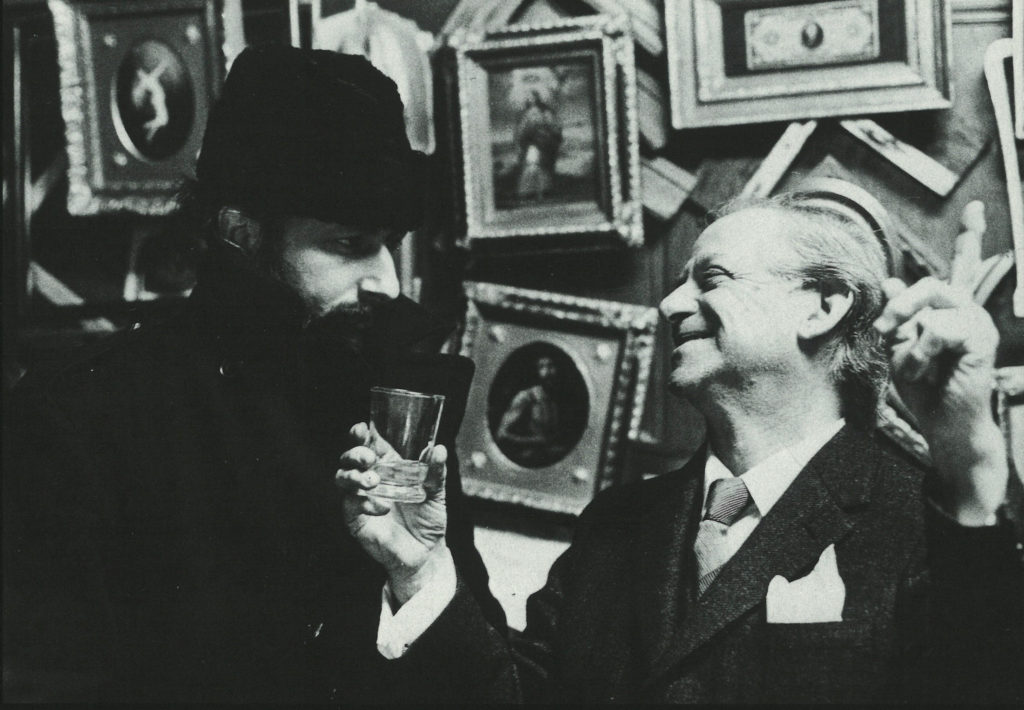
Early life and education
Kocsis was born on April 27, 1936, in Buffalo, NY, and at age six moved with his parents to Bethlehem, PA. He began painting at age 12. In 1954 he was awarded a four-year scholarship to the Philadelphia College of Art (now University of the Arts). Upon graduation in 1958, Kocsis enlisted in the army. He was stationed for 19 months in Germany and travelled extensively across Europe to view and study art at some of the world’s finest museums. In January 1961 he married his college sweetheart from Philadelphia College of Art, Carol Virginia Frearson, who became a favored model for Kocsis’s paintings.
Career and Style
From 1961-68, Kocsis focused on perfecting his draftsmanship. He illustrated more than 20 books and drew the illustrations for Edge of Two Worlds (1968) by Wayland Jones, which won the 1969 Lewis Carroll Shelf Award. In 1965-67, Kocsis taught drawing and pictorial composition at his alma mater, the Philadelphia College of Art.
Feeling personally and artistically constrained, in 1968 Kocsis quit illustrating and began painting full-time. Joseph C. Skrapits, in his 1981 book “Kocsis: The Art of James Paul Kocsis,” noted the influences of post-impressionists, expressionists and surrealists that ally Kocsis with Cezanne, Van Gogh, Fauvist Matisse and Kandinsky, among others.
As a painter, Kocsis developed his own unique style, with brilliant colors layered in thick sculpted masses of oil paint. He almost exclusively painted portraits of people who posed in his studio, at times extraordinarily realistic, other times highly expressionist, but always deeply emotive. His pioneering style came to be known as “psychic impressionism.”
Anti-Commercialization
Art dealers were attracted to Kocsis’s new and distinctive style, but he rejected their overtures, fearing they wanted to control his art. He became defiantly independent and at times reclusive and paranoid, rejecting what he saw as a collusive fine art syndicate. He personally managed his own sales and exhibits, often in small but exclusive venues around the world.
Kocsis stopped painting in 1999, having created more than 500 paintings over three decades, in order to devote himself full time to the business aspects of his work.
Kocsis died in Allentown, PA, in December 2021 and is buried alongside his wife Carol at historic Nisky Hill Cemetery in Bethlehem, PA.
"The rich become richer and the artist is bought for as little as possible, exploited as fully as he can be exploited…I don’t see where the artist ever stands much of a chance at all of surviving, of getting anything but screwed."

